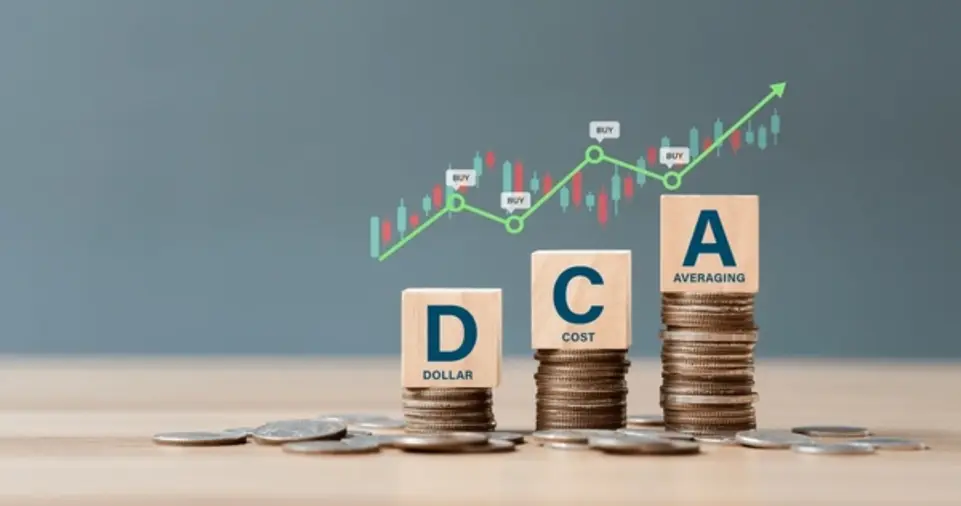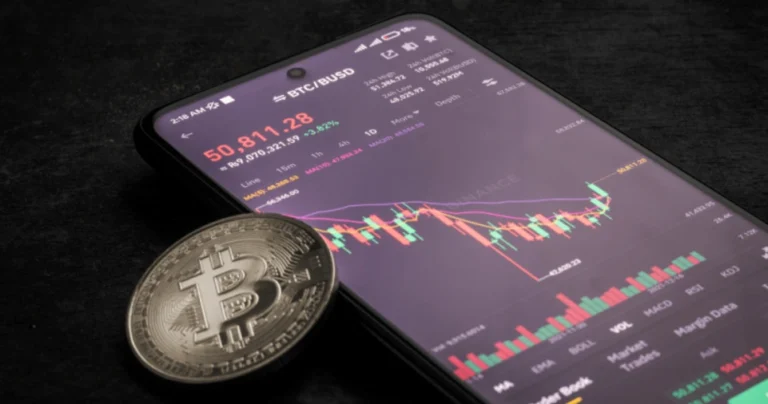Cryptocurrency trading has gained immense popularity as digital assets continue to revolutionize financial markets.
Many traders have earned substantial profits, but others have faced significant losses due to poor strategies, lack of knowledge, and emotional decision-making.
Unlike traditional stock markets, crypto trading operates 24/7, making it highly volatile and risky.
If you’re looking to trade cryptocurrency successfully without losing money, you must develop a disciplined approach, follow proven strategies, and continuously educate yourself about market trends.
In this detailed guide, we’ll explore effective trading techniques to minimize risks, including choosing the right exchange, understanding market trends, applying risk management strategies, and avoiding emotional trading.
Whether you’re a beginner or an experienced trader, implementing these principles can help you trade cryptocurrencies wisely and maximize your profits while minimizing potential losses.
Let’s dive into the essential strategies that will help you navigate the world of cryptocurrency trading successfully.
Understanding the Basics of Cryptocurrency Trading
What is Cryptocurrency Trading?
Cryptocurrency trading involves buying and selling digital assets like Bitcoin, Ethereum, and other altcoins to make a profit.
Unlike traditional financial markets, the crypto market is decentralized, meaning it is not regulated by a central authority like banks or governments.
The prices of cryptocurrencies are determined by supply and demand, making them highly volatile.
Traders can use various methods, including spot trading, margin trading, futures trading, and arbitrage, to earn profits.
However, success in cryptocurrency trading requires a deep understanding of market trends, risk management strategies, and disciplined trading behavior.
Types of Cryptocurrency Trading
- Spot Trading: Buying and selling crypto assets at the current market price.
- Futures Trading: Predicting the price movement of an asset without owning it.
- Margin Trading: Borrowing funds to amplify potential profits but with increased risk.
- Arbitrage Trading: Buying crypto from one exchange and selling it on another for a profit.
- Swing Trading: Holding assets for days or weeks to benefit from medium-term price movements.
Understanding these trading types will help you decide which strategy aligns with your risk appetite and investment goals.
Choose a Reliable and Secure Exchange
One of the most crucial steps in cryptocurrency trading is selecting a trustworthy exchange.
Since the crypto industry is still evolving, many exchanges have suffered security breaches, leading to significant losses for traders.
Key Factors to Consider When Choosing an Exchange
- Security Features: Ensure the exchange has strong security measures like two-factor authentication (2FA), cold storage, and encryption protocols.
- Liquidity: Higher liquidity means you can easily buy or sell assets without significant price fluctuations.
- Trading Fees: Compare fees for trading, deposits, and withdrawals to minimize costs.
- User Interface: A user-friendly platform will enhance your trading experience.
- Customer Support: Look for an exchange with responsive customer service to address any issues promptly.
Some of the most reputable crypto exchanges include Binance, Coinbase, Kraken, and Bybit. Always conduct thorough research before committing funds to any platform.
Develop a Strong Trading Strategy

A well-defined trading strategy is essential to succeed in cryptocurrency trading.
Without a plan, traders often make impulsive decisions that lead to significant losses.
Key Trading Strategies for Success
- Technical Analysis: Analyzing price charts, trends, and indicators like RSI, MACD, and Bollinger Bands to make informed decisions.
- Fundamental Analysis: Evaluating a cryptocurrency’s underlying technology, team, roadmap, and real-world use cases.
- Scalping: Making small profits from frequent trades within short time frames.
- Swing Trading: Capitalizing on market swings by holding assets for a few days or weeks.
- HODLing: Long-term investment strategy where traders hold assets despite market fluctuations.
Choosing the right strategy based on your experience and risk tolerance will help you trade more effectively.
Risk Management: Minimize Losses and Protect Profits
Use Stop-Loss and Take-Profit Orders
Stop-loss orders automatically sell your assets when prices drop to a predetermined level, preventing further losses.
Take-profit orders secure profits by selling when the price reaches a desired level.
Never Invest More Than You Can Afford to Lose
The crypto market is unpredictable, and investing beyond your financial capacity can lead to emotional stress and poor decision-making. Always trade with an amount you are willing to lose.
Diversify Your Portfolio
Avoid putting all your capital into a single cryptocurrency. Diversifying your investments across different assets reduces risks and increases opportunities for profit.
ALSO READ: How to Create a Strong Online Presence for Your Business
Avoid Emotional Trading
Fear and greed are the biggest enemies of traders.
FOMO (Fear of Missing Out) often leads traders to buy assets at high prices, while panic selling during market dips results in losses.
Tips to Overcome Emotional Trading
- Stick to Your Trading Plan: Avoid making impulsive decisions based on market hype.
- Set Realistic Expectations: Understand that losses are part of trading, and focus on long-term profitability.
- Take Breaks When Needed: Continuous trading can lead to emotional exhaustion. Step back and assess the market objectively.
Use Dollar-Cost Averaging (DCA) for Consistent Growth

DCA is an investment strategy where traders invest a fixed amount in cryptocurrency at regular intervals, regardless of market conditions.
This approach reduces the impact of market volatility and lowers the risk of buying at a peak.
For example, instead of investing $1,000 at once, you can invest $100 per week for 10 weeks, allowing you to average out price fluctuations over time.
Stay Updated with Market Trends and News
Crypto prices are heavily influenced by global events, regulations, and technological advancements. Staying informed about market news helps traders make better decisions.
Best Sources for Crypto News and Updates
- CoinMarketCap (www.coinmarketcap.com)
- CoinGecko (www.coingecko.com)
- TradingView (www.tradingview.com)
- CryptoPanic (www.cryptopanic.com)
Following these platforms will keep you updated with real-time crypto market trends.
Secure Your Investments with Cold Wallets
Since crypto exchanges are prone to hacks, it’s crucial to store your long-term holdings in cold wallets (hardware wallets like Ledger and Trezor) instead of keeping them on an exchange.
Conclusion
Trading cryptocurrency without losing money requires a combination of knowledge, strategy, risk management, and emotional discipline.
By choosing a reliable exchange, developing a solid trading plan, using stop-loss orders, and avoiding impulsive decisions, you can minimize risks and increase your chances of success.
While crypto trading offers lucrative opportunities, it is essential to stay patient, continuously learn, and adapt to market changes.
By following the strategies outlined in this guide, you can trade cryptocurrencies safely and maximize your profits while protecting your investments.
Are you ready to start your cryptocurrency trading journey? Implement these strategies today and trade smartly!











